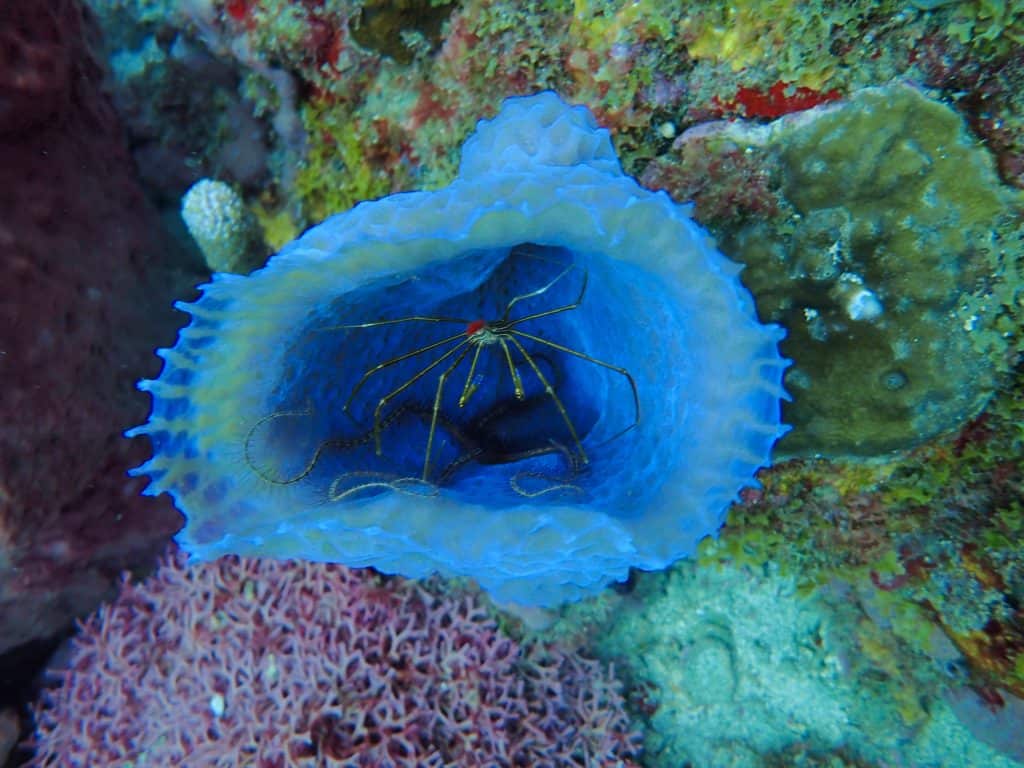
For twelve years I have been photographing wildlife on land. You name it, I was devoted to capturing it. All of the hours spent in camouflage tents, snowbanks, swamps…just to feel the adrenaline of capturing the perfect moment…it was an addiction I found when I was eight years old. Through those experiences, and entering competitions, I went from the nerdy girl wearing a fake National Geographic pin to being internationally decorated by the time I was fourteen. I would go to the awards, dress up black tie and meet all the greats. I couldn’t believe I was meeting the people whose photographs I used to print and thumbtack to my bulletin board. They always told me I could help be the voice for the next generation. Inspire me to follow in their footsteps. At the time I didn’t understand. But in my late teen years I finally understood what I was doing.
What began as a love for wildlife and sharing what I found in my backyard turned into a deep understanding for conservation and storytelling through photography. Climate change and the global pandemic helped spark my understanding in high school. Instead of a senior prom, or graduation, I was stuck in my room finishing my Environmental Economics, Power of Stories, and Environmental Science classes online.
Being forced to stay in one place for months on end made me long for all the things I hadn’t done before. Because, what if I was never going to? What if we could never travel again? Everything I had ever known, all my hopes and dreams, would shatter in front of me. So I started devoting a lot of my time to learning how to photograph underwater. Just in case. From my second floor bedroom in Northern New Jersey.
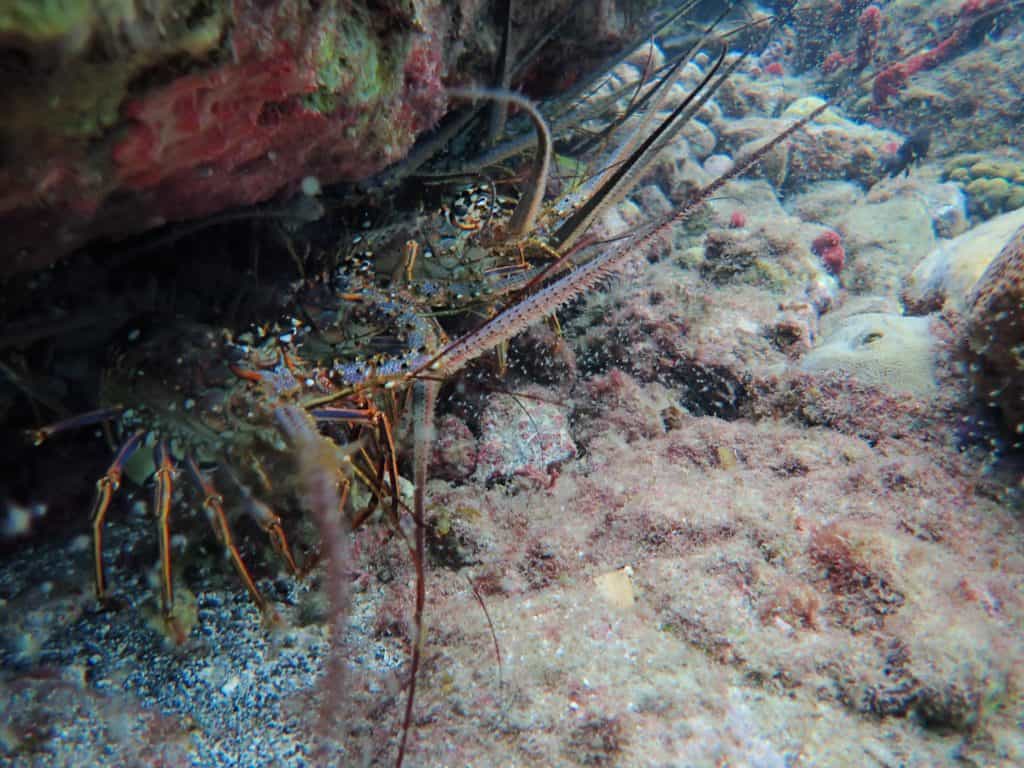
Two years later I had a chance to fulfill that dream. On a whim at the end of 2021, I signed up for a three week advanced scuba diving trip through the lower Caribbean, taking place the following year. I had spent that entire summer waitressing to save up for my next trip, whatever it may be, and I decided that an advanced scuba trip would be my opportunity to try out underwater photography for the first time. The problem was, I go to college in the middle of Texas (nowhere near the ocean), and I’m a Division 1 athlete, meaning I have very little time on my hands. Not to mention, I wasn’t even certified for diving! But somehow, I made it work.
The trip was through Odyssey Expeditions, and sixteen of us lived on a catamaran for twenty-three days. One captain, two dive masters, and thirteen kids between the ages of seventeen and twenty two, including myself and my cousin Drew. With the program relying heavily on us getting our advanced and rescue certifications, I knew it was pointless for me to bring my DSLR and underwater housing. Instead, I bought an Olympus Tough G6 point and shoot, designed to cooperate underwater up to 50ft. Just like I was when I got my first camera at eight years old, I had no idea what I was doing. Underwater photography is a completely different playing field, from lighting all the way down to your own mobility. I decided I needed to learn to scuba dive first.
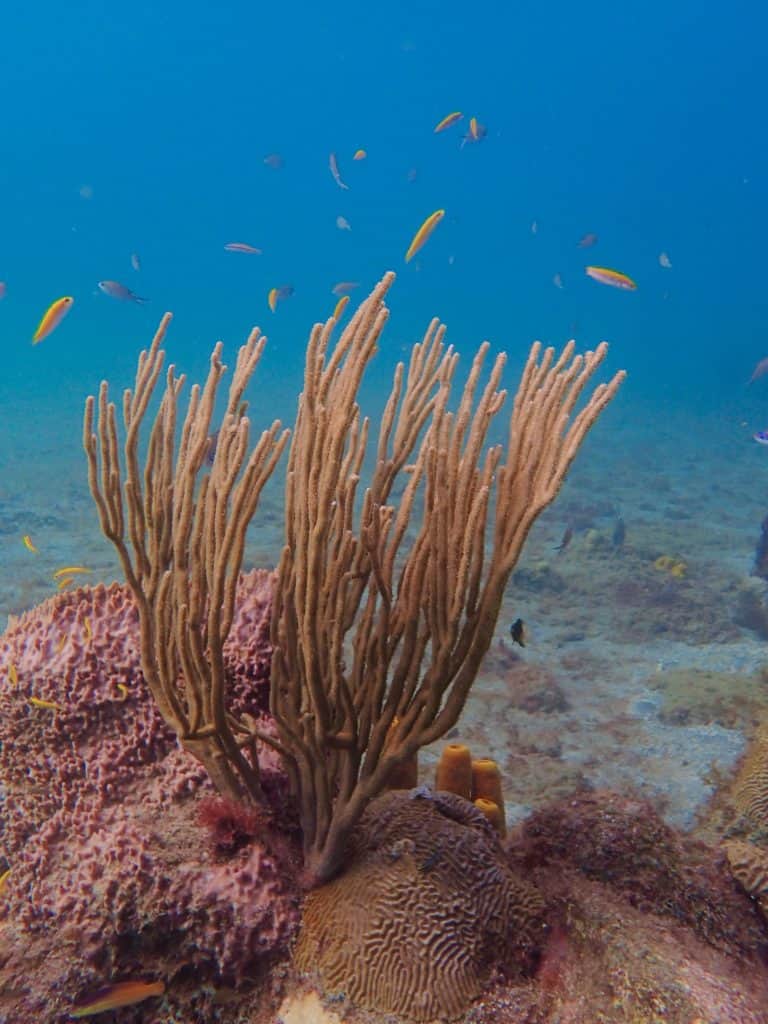
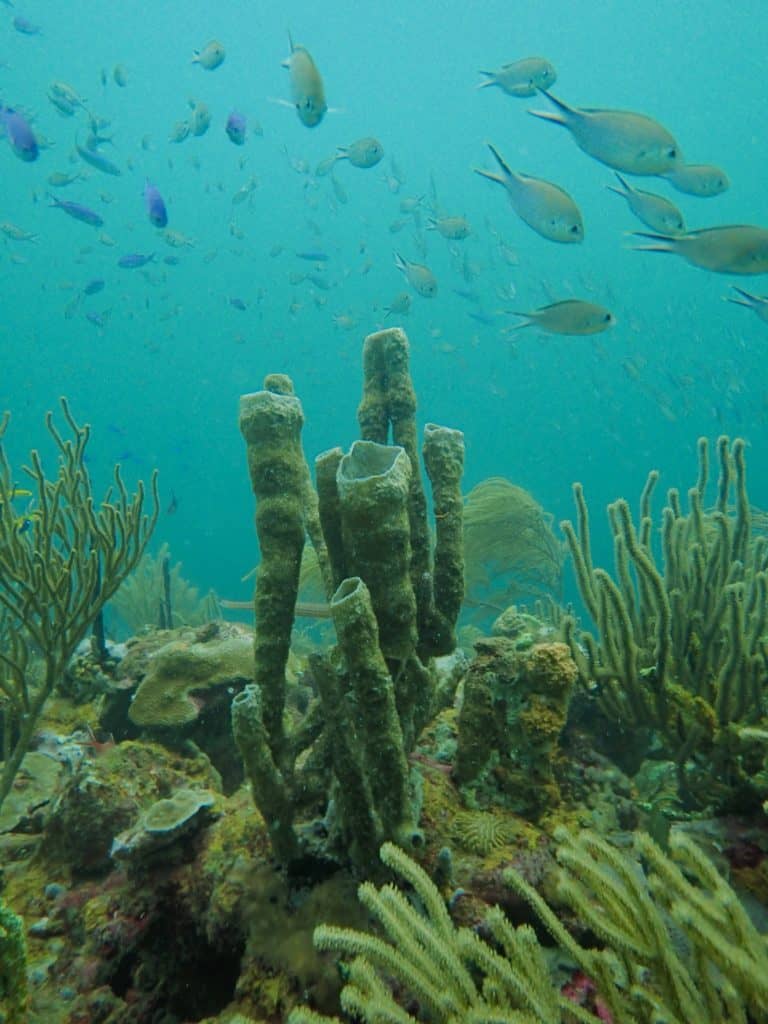
Our certification courses helped me quickly learn I was pretty good at not using a lot of air. I stand at 6’2”, yet am still lightweight, so I switched to a smaller tank to help myself balance horizontally and control my movements through breath. Establishing buoyancy was key, because using your hands is not an option. On our “fun dives,” when we weren’t completing rescue courses or filling out textbook questions, I was like a kid in a candy store, photographing anything I could find. All types of coral, reefs, fish, eels, lobster, and the other kids on the trip. A lot of them didn’t bring cameras, so I made myself responsible for documenting their memories as well.
Another thing I learned was that I could hold my breath for quite a long time. A part of me always knew this but was never challenged. Our advanced free-diving courses required us to hold our breath for ninety seconds, swim down to forty-five feet, and eighty feet laterally across the bottom. All separate. Our captain taught us how to expand our lungs through breathing exercises and learn to fight the contractions when your body wants to breathe again. By the end of the trip I could hold my breath for over three minutes and ended up breaking the trip’s record for the lateral swim, going 130 feet. In my mind this was key for underwater photography: being relaxed and patient enough to observe and capture the behavior of marine life.
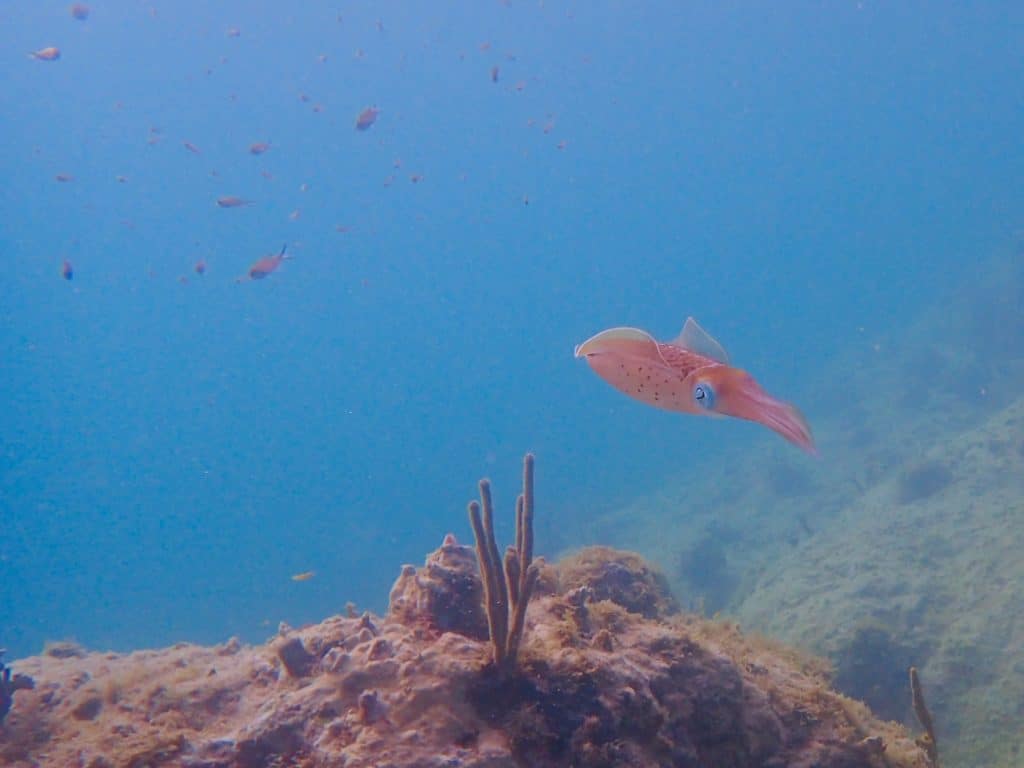
That came with more unexpected challenges, I found. I almost didn’t pass the freediving exam. Last summer I jumped off a fifty foot rock and hit my head at an angle on the landing, causing a minor tear and a rupture in my left ear drum. I was in and out of consciousness on the way to the ER and ended up on heavy medication for about a week. I never experienced any issues with it again until I had to pike dive.
Pike diving is a form of freediving where you dive straight down, head first. It was what we needed to do in order to pass the depth section. All I had to do was swim down to the flag, but it was so deep I couldn’t see it. Forty-five feet was all. But I couldn’t get down ten feet without my left ear feeling like it was going to explode, despite my countless attempts to equalize.
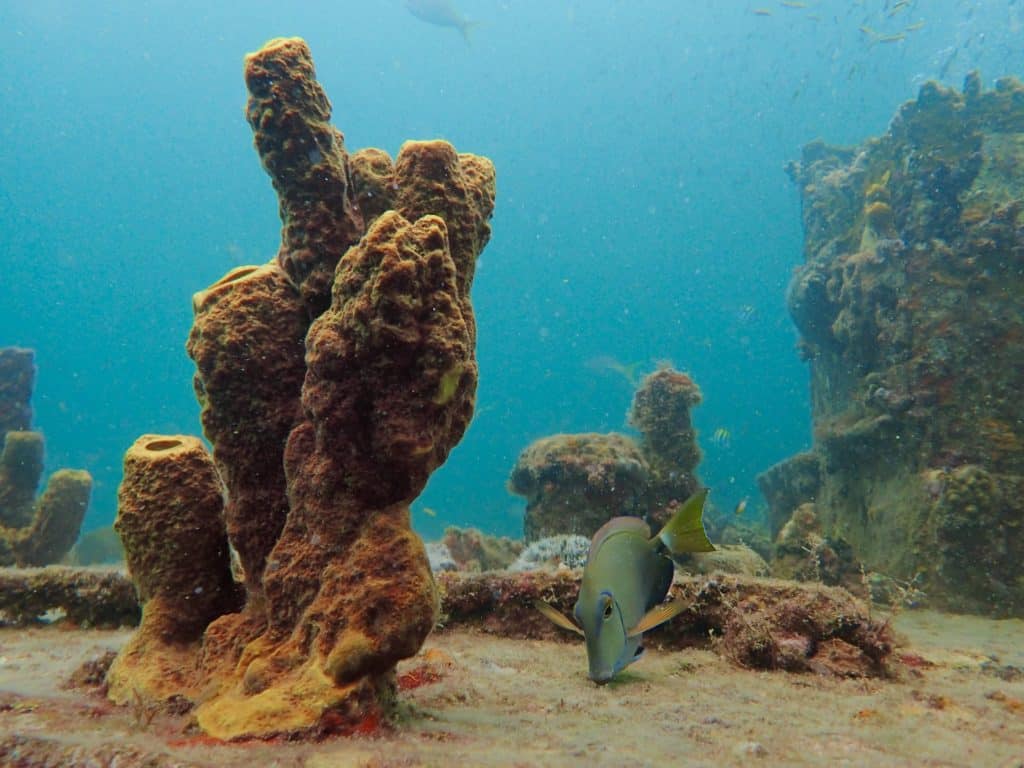
Scuba diving, even to ninety feet, was never an issue for me because we’d descend feet first, which allowed the air and pressure to travel up and let me relieve it when I equalized. Something about pike diving didn’t allow me to do this. So in my final attempt, I had to stop at ten feet again. But I didn’t go back up. Instead, I turned my body upright, inhaled the extra air in my mask and floated for a minute. Since I was good at holding my breath, this was no problem, and I gave my body time before my left ear finally equalized. I turned back down, and repeated this process every five feet or so until I finally made it to forty-five feet. By then I had been underwater for a few minutes, and I was a long way from the surface. But I held myself together, made my way up, and passed.
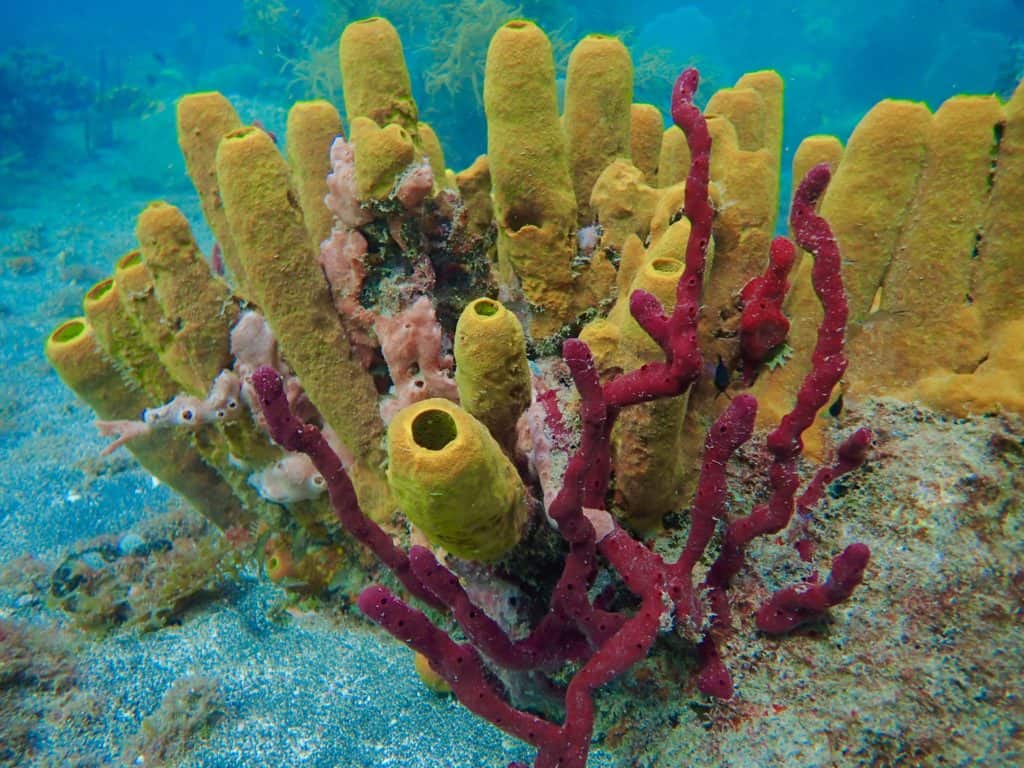
It was in the last leg of the trip, once I received all of my certifications, where I got to focus on photography. Lighting was difficult. But crafty. The rays of the sun underwater allowed for more creativity, and everything changed with depth, which was my biggest challenge.
Luckily I had previous knowledge on the concepts of depth from taking astrophysics at college. Light years, parallax, the distance ladder, the visible spectrum…color is one thing that changes dramatically. And red is the first color to go.
I found this out when I cut my knee on coral and my blood was green. It’s hard to know what is vibrant and what is not, when all of the bright, beautiful colors from the more shallow reefs start to fade at deeper dive spots, especially at shipwrecks. Opening some reef and fish identification books allowed me to learn about marine behavior and what I’d expect to see at different sites. But the deeper you go, the darker, colder, and more colorless it gets. And the more my left ear began to hurt.
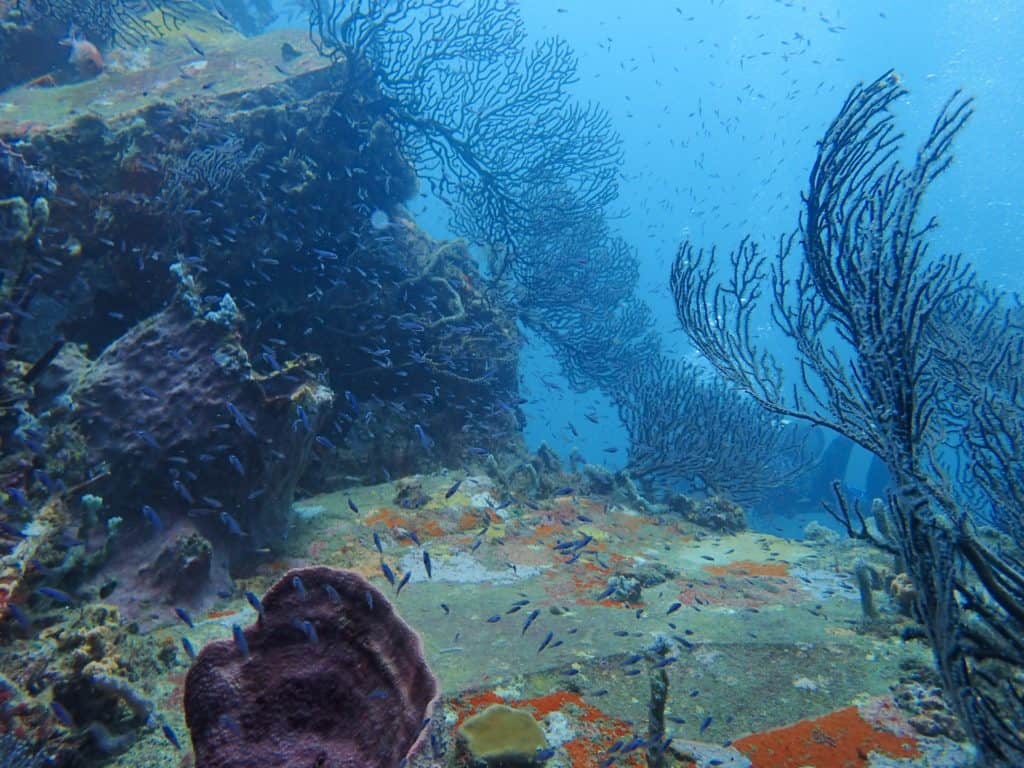
Using an Olympus Tough G6 was perfect for starting out because I didn’t have to worry about controlling my settings manually. The camera had an underwater setting which added a lot of vibrance to the shots. I focused on composition almost entirely while trying to control my movements with breath. Sometimes, when starting something new, it is important to go back to the basics and build your way up, instead of forcing it. When I was eight, I used a lime-green Olympus point and shoot camera. On this trip, the ocean became my new backyard for discovery.
The challenges I experienced through underwater photography were not always with lighting or composition. A lot of it was physical. Forcing myself to adapt to conditions where I had to train my body not to crave air. Learning to immerse myself in an environment I had only learned through a classroom. Photographing subjects and people where my only form of communication is through hand signals and dilated pupils. It was everything I dreamed it would be. And I’m eager to continue.




